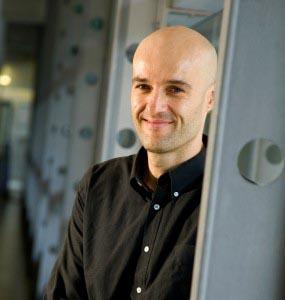Can we select the right peers in Indian education? Evidence from Kolkata
The continuing growth of the middle class in India has led to increased demand for higher education. About 1 in 10 individuals now finish some form of higher education, giving India the third largest pool of graduates, after China and the United States. However, only a quarter of such graduates from tertiary education are actually employed in steady formal jobs. So, whilst the country as a whole is planning to increase the tertiary level participation rates from 11% to 15% by 2015 (National Knowledge Commission, 2007), the issue of optimal use of current resources is a major obstacle.
One reason for such difficulties is the disconnect between the methods used before higher education and during it. This is particularly true for West Bengal in India, where universal schooling is provided to all students by the West Bengal Board of Education (Primary and Secondary level) in the local language, Bengali, whilst the only language used in higher education is English. Worse, it is only recently that the education system in West Bengal has started teaching English from standard one. There is therefore a major change in the quality of textbooks and teachers during tertiary education, effectively making it hard for students from non English backgrounds, and rural regions to adjust.
Most people agree that friends matter– not just for personal wellbeing, but also for knowledge and behavioural spillovers that help them in achieving their goals in life. Several studies have shown this to be particularly the case in education, but the detection and measurement of such peer effects for developing countries is often found wanting. If these peer group effects are substantial, government policy may exploit them by optimally grouping students in different classrooms to achieve desired socioeconomic outcomes. For example, if low ability students benefit from the presence of superior peers, while high ability students are not harmed by the presence of disadvantaged peers, then mixing students of different ability levels can generate social gains.
The proposed project will look at the effects of random dormitory assignment on subsequent friendships and educational outcomes for about 1000 students enrolled in a particular higher education institution in West Bengal. The objective is to find out whether peer allocation can be further optimised to overcome the initial disadvantages and what the general nature of peer effects is. The relevance to the wider education and growth agenda is partially the issue of the inputs, which students from disadvantaged backgrounds need in order to catch up. More directly though, peer allocation is an actual policy instrument in itself, not only at particular institutions but throughout the whole education system, where individuals are assigned to study groups, classes, dorms, projects, etc. Maximising the production of peer effects is therefore a question of policy importance and this current research on peer effects could add to the crucial debates on which policies could maximize the productivity of the country's expenditure on education.




